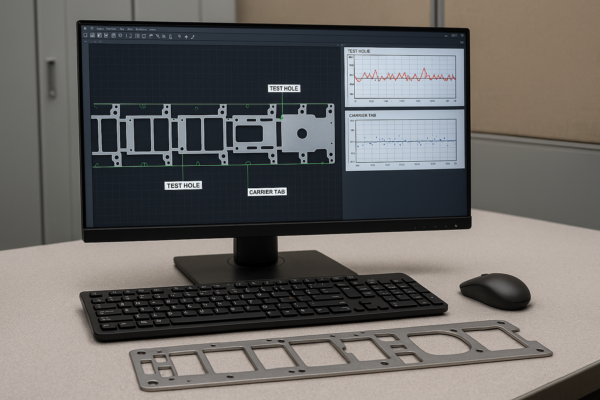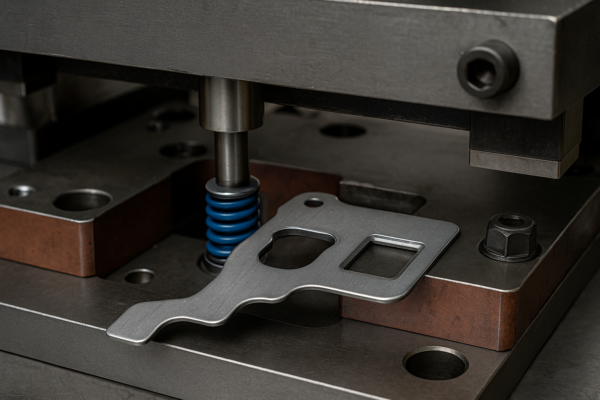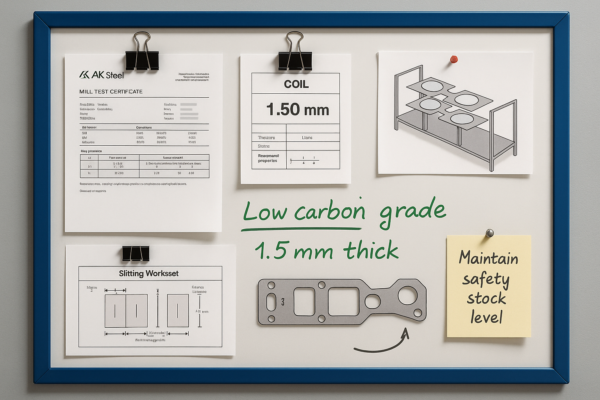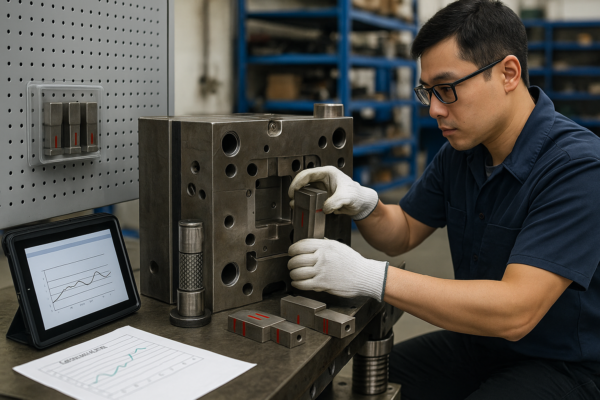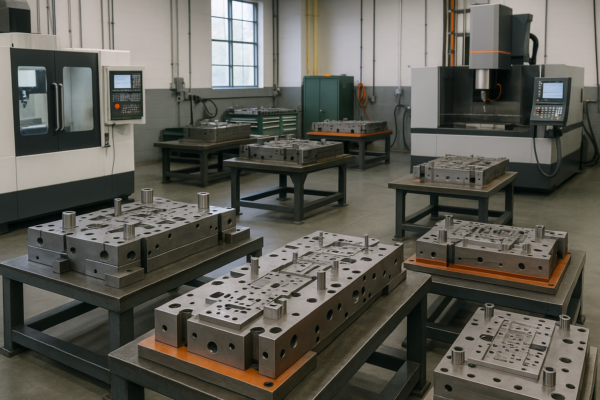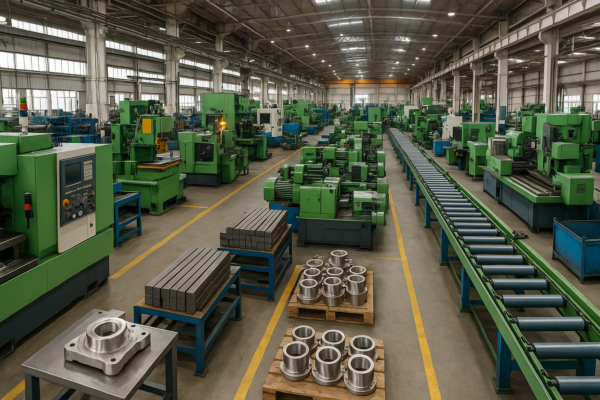What is the best gas for welding sheet metal?
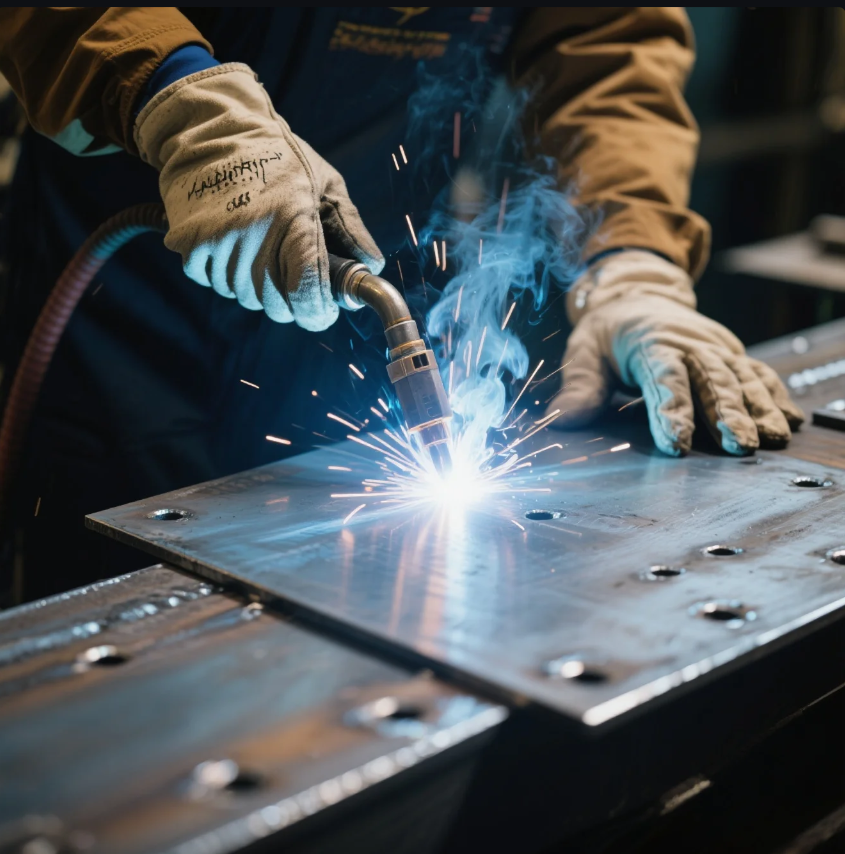
Welding thin sheet metal? Your gas choice matters more than you think.
The best gas for welding sheet metal is a mix of 75% Argon and 25% CO₂. This blend offers clean welds, low spatter, and excellent arc stability.
At Prime, we optimize every weld by choosing the right gas for each job—especially when working on thin gauge materials for enclosures or precision brackets.
What is the best gas mix for MIG welding sheet metal?
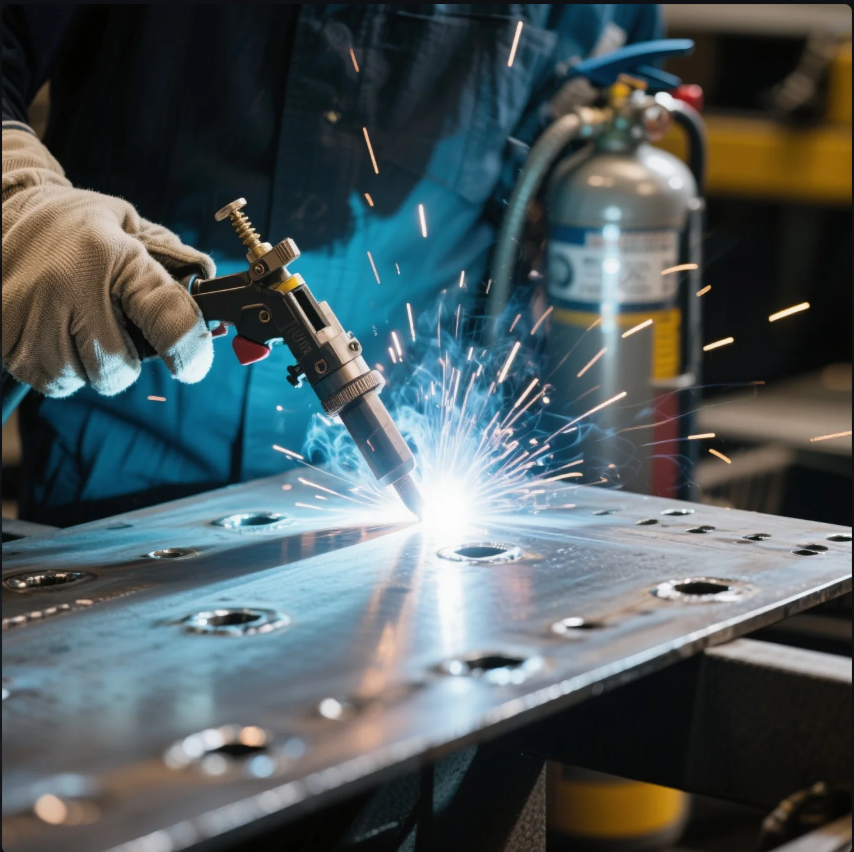
The wrong gas mix can mean spatter, burns, or ugly welds.
A 75/25 mix of Argon and CO₂ is ideal for MIG welding sheet metal. It balances arc control, penetration, and appearance.
At Prime, we use this gas mix for mild steel parts up to 3mm thick, ensuring minimal distortion and clean seams.
MIG Gas Mix Comparison
| Gas Mix | Pros | Best For |
|---|---|---|
| 100% CO₂ | Deep penetration, low cost | Thick steel, rough welds |
| 75% Argon / 25% CO₂ | Clean arc, low spatter, stable welds | Thin sheet metal, general use |
| 90% Argon / 10% CO₂ | Lower heat input, less penetration | Very thin materials |
This mix also improves productivity by reducing cleanup and rework time.
What is 90/10 welding gas used for?
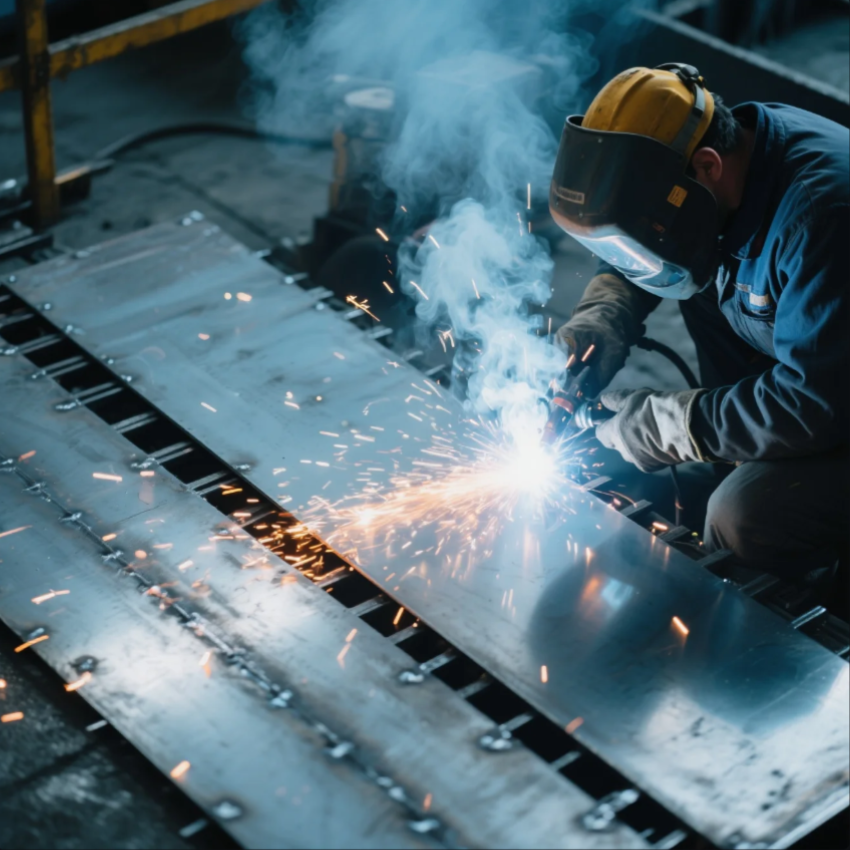
90/10 sounds fancy, but what’s it really for?
90% Argon and 10% CO₂ is used for MIG welding thinner materials or where aesthetics are critical. It reduces heat and spatter.
At Prime, we use 90/10 for low-heat applications, especially when welding cosmetic panels or precision CNC sheet metal parts with paint-ready finishes.
When to Choose 90/10
| Application | Why 90/10 Works Well |
|---|---|
| Thin gauge steel | Low heat prevents burn-through |
| Clean weld finishes | Minimal spatter, smoother bead |
| High-volume production | Less post-weld cleanup required |
It costs slightly more than 75/25 but pays off in appearance and part consistency.
Should I use argon or CO₂ for MIG welding?
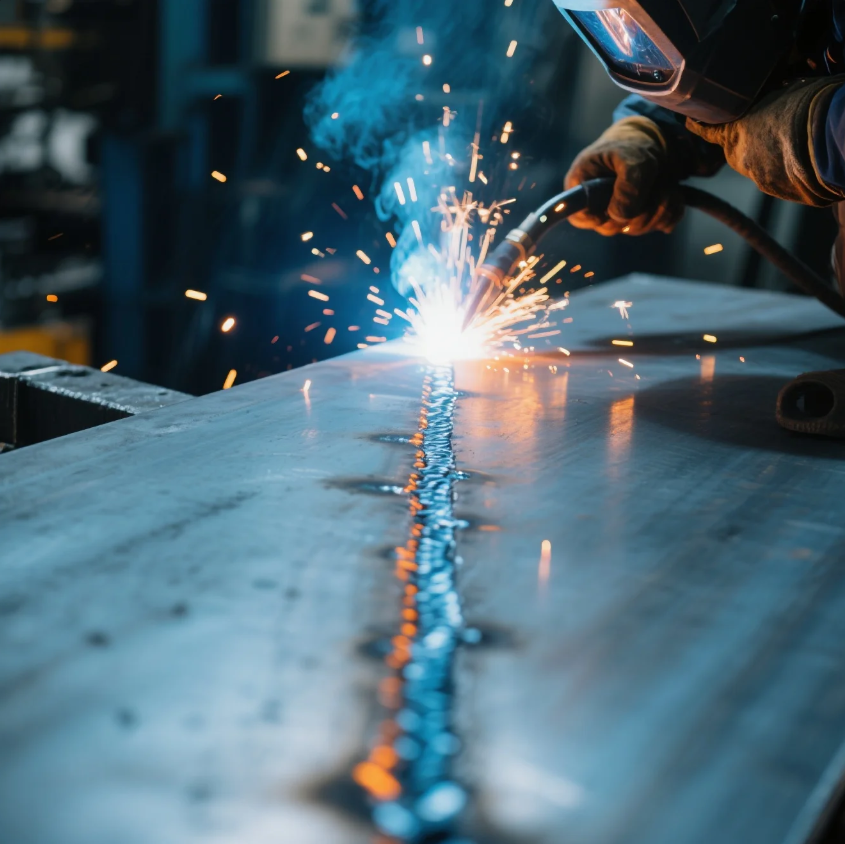
Choosing between them? It depends on your priorities.
CO₂ offers deeper penetration and lower gas cost. Argon gives better control, less spatter, and cleaner welds—especially on sheet metal.
For most of our fabricated sheet metal enclosures, we use Argon mixes. CO₂ is better suited for structural parts or when finish doesn’t matter.
Gas Comparison Table
| Gas Type | Advantages | Disadvantages |
|---|---|---|
| 100% CO₂ | Cheap, deep penetration | High spatter, rough welds |
| 100% Argon | Very stable arc, great for TIG/MIG | Poor penetration alone in MIG |
| Mixed (75/25) | Best balance of quality and cost | Slightly more expensive than CO₂ |
We guide clients on gas choice during project setup to avoid unnecessary cost or quality loss.
What is an advantage of using 75 argon and 25 CO₂?

This blend isn’t random—it’s tested and proven.
The 75/25 Argon-CO₂ mix provides a stable arc, low spatter, and smooth welds. It’s the most versatile and widely used MIG gas mix.
At Prime, we rely on this blend for most of our ISO-certified MIG welding work on mild steel sheet. It delivers the clean look and solid strength our clients need.
75/25 Blend Advantages
| Feature | Benefit |
|---|---|
| Stable Arc | Easier to control, better bead shape |
| Low Spatter | Less cleanup and grinding |
| Good Penetration | Works well on thin and medium steel |
| Versatile Use | Suitable for many fabrication jobs |
This gas mix is cost-effective and perfect for consistent results across large production runs.
Conclusion
The 75/25 Argon-CO₂ mix is the best gas for MIG welding sheet metal.
Need clean, precise welds with minimal rework? Prime delivers custom sheet metal welding using the right gases, processes, and quality standards. Contact us now for a free quote, expert guidance, and fast production—all backed by ISO certification.

